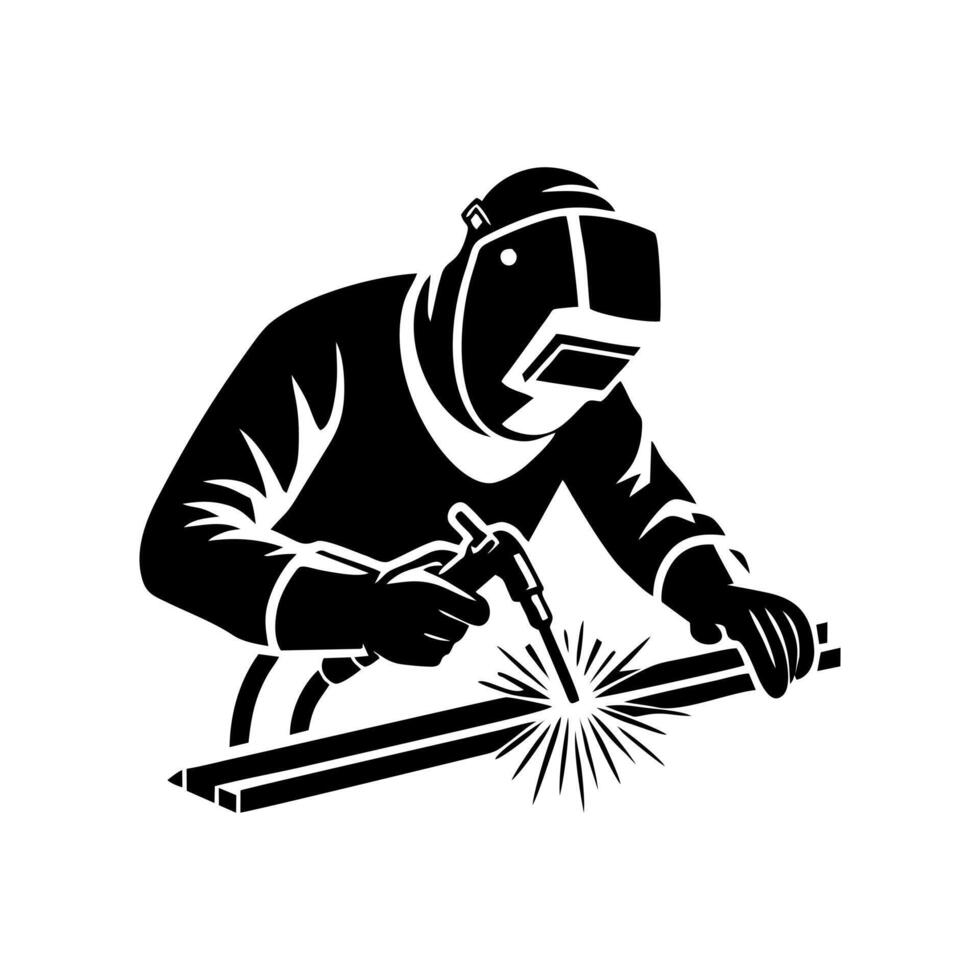Basic Welding Terms | Part 3
1️⃣ Bead = a seam deposit that forms during welding in a single step, creating a solid connection between the two pieces of metal.
2️⃣ Stringer bead = a type of weld bead created by moving the welding torch or electrode in a straight line along the joint, resulting in a weld bead resembling a string.
3️⃣ Arc rays = the intense and concentrated rays of light emitted from the electric arc during welding or cutting processes. They contain ultraviolet (UV), visible, and infrared (IR) radiation, which can harm the eyes and skin if proper safety measures, such as wearing protective eyewear and clothing, are not taken.
4️⃣ Weld root = the point where the joint between two base metals is narrowest and closest together. It is the region where the initial fusion and welding of the materials begin. Also referred to as “Root Pass.”
5️⃣ Welding power source = the machine that provides electricity sufficient to provide the amperage or voltage required to perform the desired welding process. A power source may be powered by electricity or an engine-driven machine.
6️⃣ Buttering = a method of using weld metal to build up a layer of weld area to provide metallurgical compatibility in joined pieces.
7️⃣ Cap = the final weld pass or passes that complete the weld joint. The cap pass will complete the desired size, geometric properties, and visual quality of the finished weld.
8️⃣ Arc blow = a phenomenon in welding where the electric arc is deflected or deviates from its intended path due to magnetic forces. It can result in an unstable and erratic arc, leading to difficulties in maintaining proper weld quality and control.
9️⃣ Penetration = the depth at which the molten weld metal has been burned into the base metal or the weld joint.
🔟 Spatter = pieces of metal that have been effectively expelled from the arc due to arc transfer, landed on, and may have burned into the base metal outside the weld area.
See also
